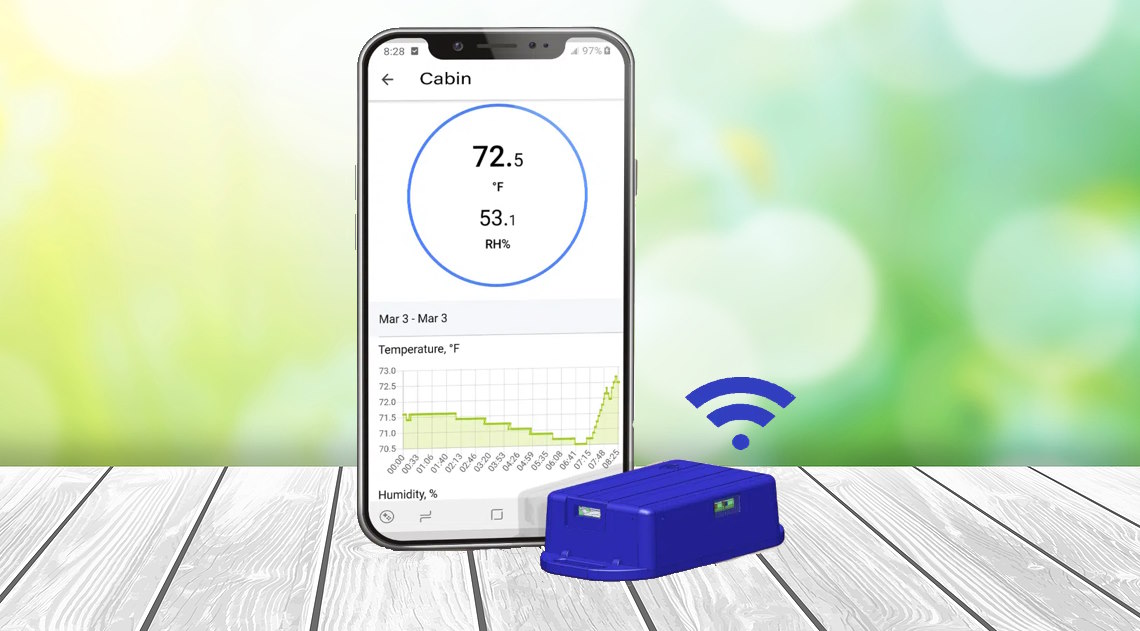If you buy through affiliate links, we may earn commissions, which help support our product reviews.
A Humidity Sensor, also known as a Hygrometer, or Relative Humidity Sensor, is used to measure the amount of water vapor in the air.
It is a relative number to the maximum level of water the air can hold. So, when it rains that is close to 100% humidity.
With a smart wireless humidity sensor, with built-in Wi-Fi, you can monitor the humidity from a remote location.
To Monitor Humidity Remotely in your House or Crawl Space, do the following:
- Install WiFi in your Home, Office
- (optionally use a Mobile Hotspot with WiFi)
- Get a WiFi Humidity Sensor
- Install the App on your Cell Phone to Monitor
Top Features of a WiFi Humidity Sensor:
Built-In WiFi:
In order to monitor humidity from your phone, you will need a remote humidity sensor device with integrated WiFi, so it can use your home, office, or mobile hotspot router to send the data.
Some wireless humidity sensors may use Bluetooth, but this will only work if your phone is within 100 feet of the sensor, it won’t work remotely when you are far away from home.
Graphs of Temperature-Humidity Data:
With a good mobile phone app, you can see graphs of the humidity and even temperature data for each of your sensors.
Small Size & Accuracy:
A small humidity sensor is necessary to be able to place the sensor in areas with limited space.
The accuracy is important to give you the best humidity readings. Trakkit THS has a ±2% Relative Humidity Accuracy.
Alerts:
You may want the ability to send High/Low Humidity Alerts to more than 1 email address. For example, the WiFi humidity sensor can send an email alert to a friend or neighbor in case you don’t receive the alert, or you are out of town.
Uses of a Wireless Temperature-Humidity Sensor
Since temperature and humidity are closely linked, it makes sense to provide temperature data along with humidity data.
Why not have just 1 small sensor that integrates WiFi, so you can deploy the temperature and humidity sensor and get the data automatically without having to disturb the air around the sensor.
For example, monitor the humidity inside a guitar case without having to open the guitar case just to check the digital reading. Just open the app on your phone and check it, no matter your location.
Smart WiFi Humidity Sensor for a Humidor
It is best to measure the humidity and temperature in a box without having to open it to see the readings.
For this reason, a WiFi humidity sensor works best if you only need to look at your phone to see the current values.
This same principle applies to guitar or violin cases, incubators, reptile cages, greenhouses, etc.
Monitor Humidity Levels in your Smart Home
There are many things that need to stay in a particular humidity range to stay safe at home or even remotely monitor your vacation home.
Looking at the humidity graph, if you notice it is gradually trending higher, maybe after lots of rain or bad weather or this might indicate a possible water leak in that room.
Bedroom or Baby Room Monitor
Temperatures between 65 – 70 and humidity levels around 40% are ideal for sleeping. This is also the best temperature for a sleeping baby.
With a baby room temperature sensor you can monitor the ideal temperature and humidity levels.
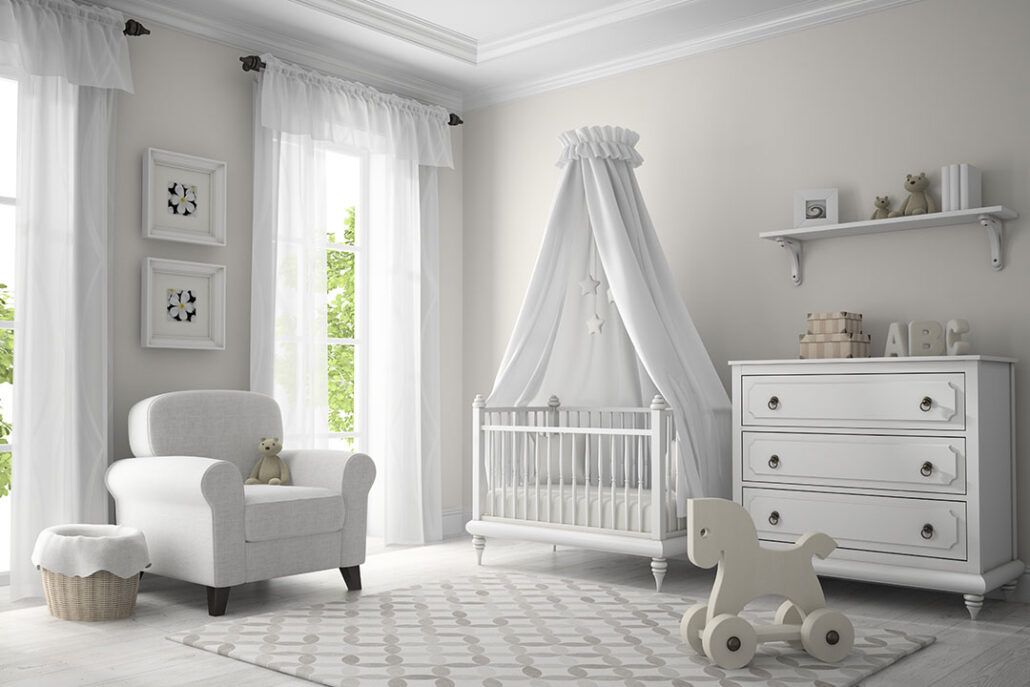
Wireless Humidity Sensor for Crawl Space & Attic
A humidity sensor is great to monitor your crawl space or attic for excessive moisture levels. This can tell you if there is a leak in the roof or poor ventilation that may lead to mold and rafter damage.
Also, a wireless humidity sensor is great at detecting possible water leaks or high moisture levels. You could put one in a room like a basement or crawl space and monitor the normal humidity levels over time.
This can be done with a sensor like the Trakkit THS Temperature & Humidity Sensor.
Monitor Humidity in the Basement or Cellar
Your basement may have water seeping in through the walls or floor.
A wireless humidity sensor will let you monitor the humidity levels remotely and show you graphs of when the humidity is at its worse, i.e. maybe after a heavy rain.
Industrial Wireless Humidity Sensor
There are many uses for hygrometers in scientific and industrial applications.
For example, monitor ambient humidity to ensure compliance with testing standards when curing specimens, such as concrete bars, mortars, cement pastes.
Keeping the ideal temperature and humidity can be critical when performing certain chemical measurements and mixes.
Closely track ambient conditions on experiments for reliable data and identifying chemical or water leaks in scientific chambers
A reliable hygrometer humidity sensor can be used as your “working instrument”. You can reference it against your calibrated hygrometer. This allows you to keep an eye on the expensive calibrated equipment to know when it is out of spec and should be re-calibrated.
Monitor Server Room Temperature & Humidity
Do you have a server room or computer equipment that needs to be monitored?
Most electronic equipment needs to operate within a temperature and humidity range, particularly computer equipment, routers, and servers.
Having a server room thermometer and humidity sensor that can alert you if either temperature or humidity falls out of range can be a huge advantage to taking corrective action quickly.
Perhaps the power has gone out in the equipment room. You can get alerts if power is lost/restored.
We have one of the few temperature and humidity sensors that has a dedicated power connection and Wi-Fi so you don’t have to worry about changing batteries.
Health Effects of Temperature & Humidity
Maintaining temperature and humidity in your home or office can have several health benefits. High humidity can have bad effects on many things in your home, not just your health.
Ideal Indoor Humidity
Proper temperature and humidity in your house can prevent health issues and long-term damage to your house.
A Relative Humidity range of 30% – 55% is ideal.
Preventing high moisture levels will reduce possible mold and fungi problems that can affect allergies, sinus, and respiratory issues.
Healthy Humidity Levels
See the chart below:
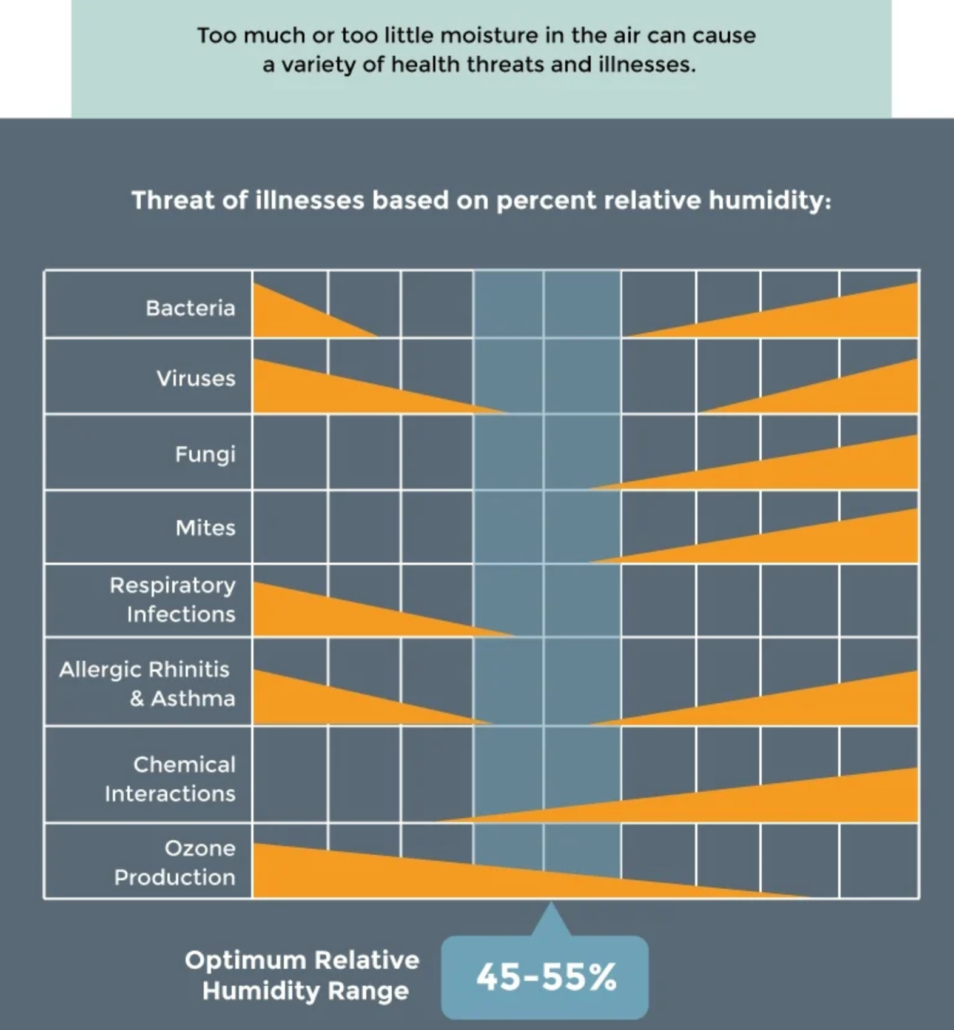
For example, cooler air is better when sleeping for maximum oxygen intake, cooler, denser air. It will also help you sleep better.
Now that many of us are spending more time at home due to the outbreak of the coronavirus pandemic, making sure that we are comfortable and safe is crucial. It may not seem like it a first, but temperature and humidity play a huge factor when it comes to these two factors.
In fact, research emphasizes that cold and dry air may increase the transmissibility of coronavirus. Ideally, having humidity levels of between 30-60% in your home is best to contain the impacts of the virus.
In addition to hand washing and social distancing, investing in a humidifier during the winter season might come in handy.
How to Improve Air Quality at Home
In addition to the possible transmission of viral illnesses, indoor air can be dirtier than we are often lead to believe. In fact, it can often be two to five times more polluted than outdoor air.
Common pollutants include air fresheners, pesticides, asbestos, mold, and tobacco smoke. If you live near a busy road, outdoor pollutants can also enter your home and affect your indoor air quality.
Some short-term effects of poor air quality include dryness and irritation to facial features, fatigue, shortness of breath, allergies, sinus congestion, coughing, and sneezing.
These side effects are also associated with less than optimal temperature and humidity levels. Furthermore, long-term effects can include a worsening of respiratory illness such as asthma and bronchitis.
To prevent this, investing in an air purifier and allowing fresh air to enter the house will help boost circulation. Lastly, you can try and eliminate individual sources of pollution like gas stoves or reduce their emissions.
(source author: Alyssa Hazel Clark)
Temperature & Humidity Graphs Show Trends
It is important to be able to see graphs for each of the Humidity and Temperature levels and the times they occurred.
This allows you to see trends and high and low extremes that you may not be aware of without a graph.
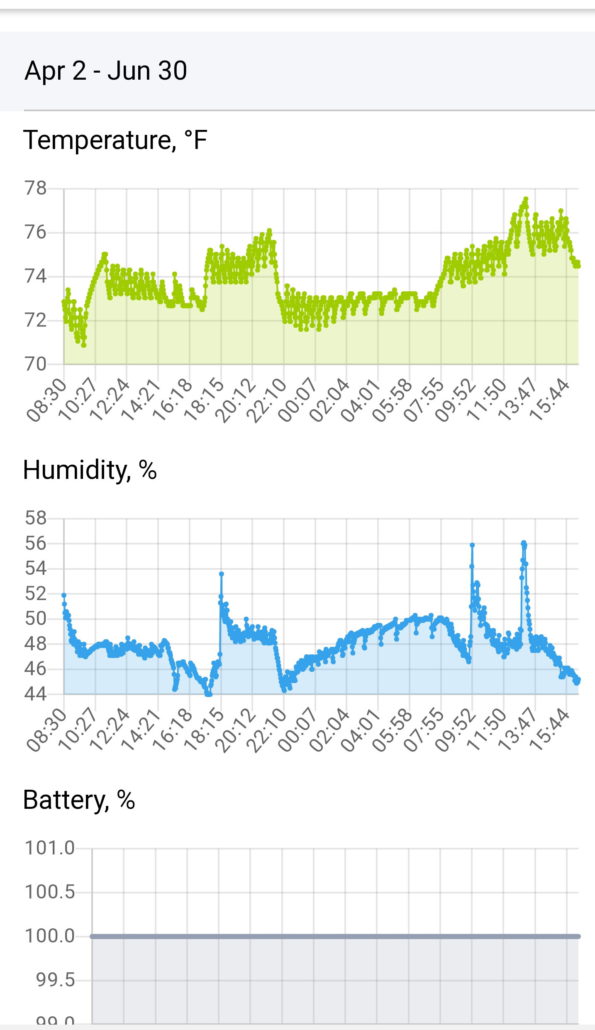
With integrated WiFi inside the sensor, you can have it connect to your home WiFi and automatically uploaded its data to the cloud to trigger alerts, graph, or analyze later, unlike other humidity sensors.
Our Trakkit THS – WiFi Temperature Humidity sensor contains an integrated heater to keep the sensor clean and extend the reliability of the humidity sensor. This heater can be user-activated from the phone app.
See this related article for more about WiFi Temperature features of Trakkit THS.
Very Accurate Humidity Sensor
Trakkit THS uses a highly accurate temperature and humidity sensor, factory calibrated to ±0.35 F degrees and ±2% humidity. It uses the latest technology to give you one of the smallest WiFi-capable temp/humidity sensors on the market.
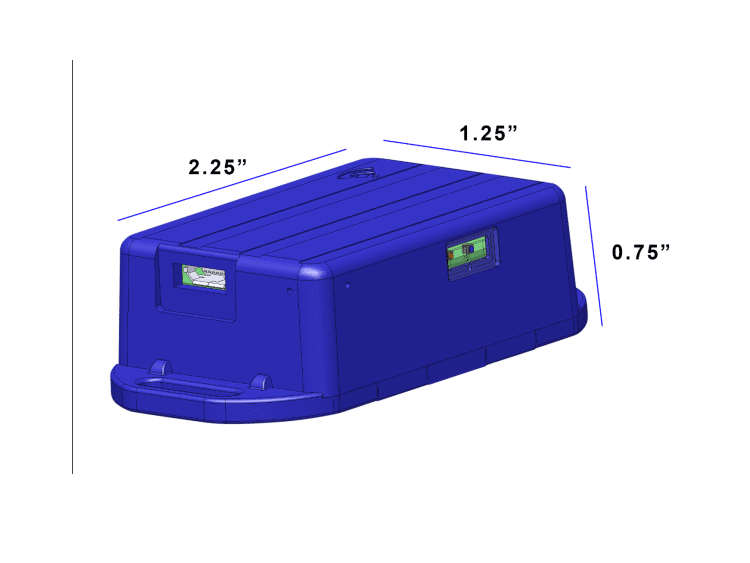
Trakkit THS Specifications:
- Wireless Temperature and Humidity Sensor with built-in WiFi
- Only one of its kind with integrated 2.4 Ghz WiFi, no additional hub needed
- 32,000 Internal Data Recording Storage if WiFi not in range
- Data Sampling and Logging Interval: 2 minutes
- Uploading Data Interval: 2 minutes (Line power), 4 minutes (Battery)
- Alerts via WiFi for Humidity/Temperature Levels with a Mobile App
- Battery Operated or Line Power from USB Cable
- 4 minute updates, 2 when recording
- Replaceable Batteries (2 x AAA Energizer Lithium)
- ±0.35F (0.2C) Temperature Monitoring Accuracy
- ±2% Relative Humidity Accuracy
- Highly Accurate, Factory-Calibrated to 0.2C
- Internal Heater to clean sensor
- Mini Compact form-factor, only 2.25″x1.25″x75″ (see above image)
- Operating Temperature Range: -40F to 140F (-40C to 60C, (85C no batteries)
- New Features/Fixes Upgradable via Firmware Update
- Not Waterproof
FAQs:
What should Humidity be Indoors
Humidity should be between 40% – 50%. See chart above for health benefits and ranges.
What is a Hygrometer used for
A hygrometer is used to detect humidity, the amount of water in the air. There are many benefits and uses for Home, Scientific, and Industrial applications.
